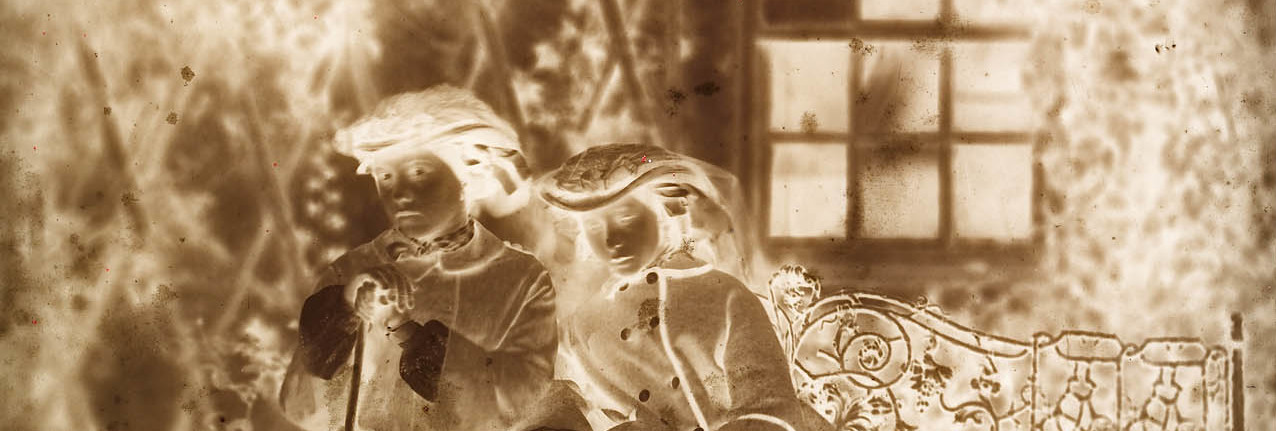
Learn more about the photographic techniques available in the mid-19th century
Ambrotype
The ambrotype process, dating from the 1850s, intended to replicate the appearance and effect of the daguerreotype at a fraction of the cost. The process was patented and popularised in the United Stated by James Ambrose Cutting (1814–67), the individual from which the method gets its name.
The ambrotype consists of a collodion glass plate negative, treated with a chemical solution so that it appears white. As a result, when the negative is placed on a dark background, whether that be paper, material or resin, a positive image appears. The glass plate was often housed in a case, comprising of a gilt frame and velvet interior, intending to replicate the appearance of a daguerreotype.
This hand-coloured ambrotype below depicts Victoria, Princess Royal on her wedding day. The ambrotype is presented in a gilt frame and is contained in a brown leather case with a red velvet interior. The presentation gives a sense of the emotional importance of the photograph. It is a record of the marriage of Prince Albert and Queen Victoria’s first child to Prince Frederick of Prussia, later Frederick III, Emperor of Germany (1831–88), which led to her emotional departure to Germany.







